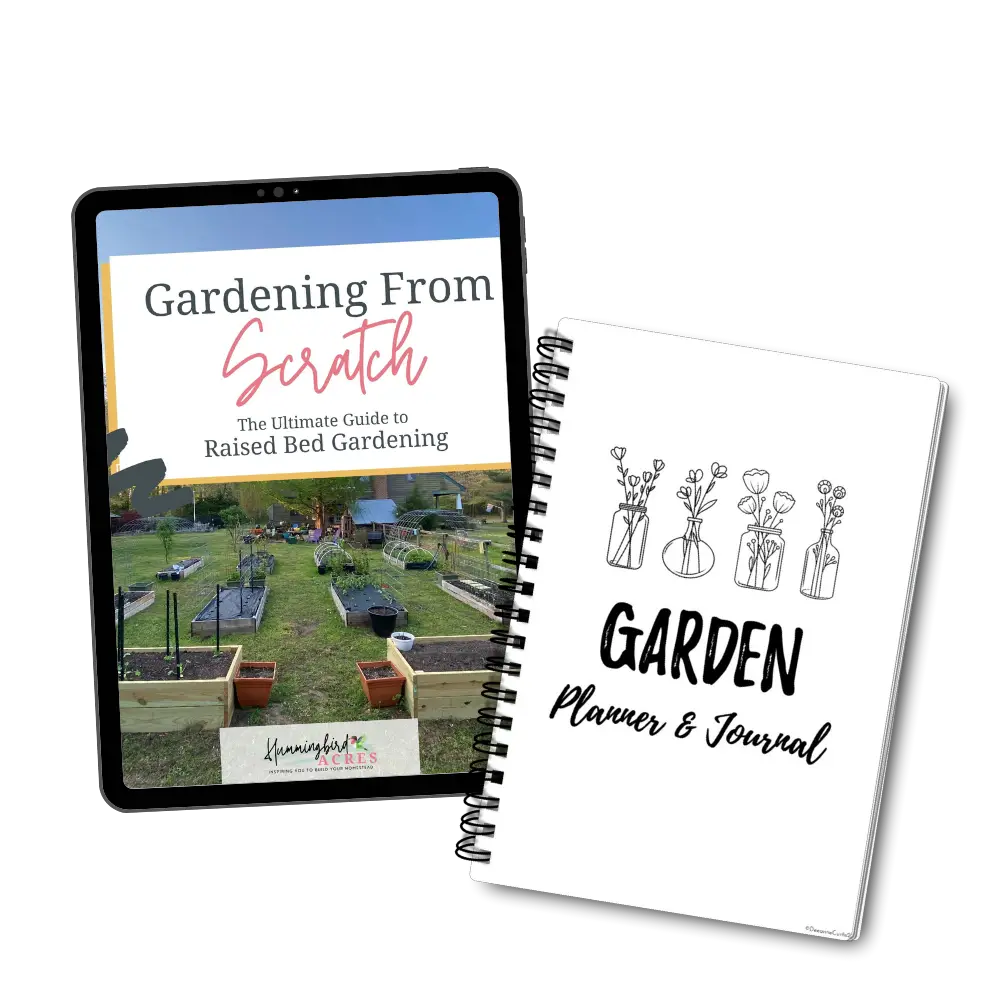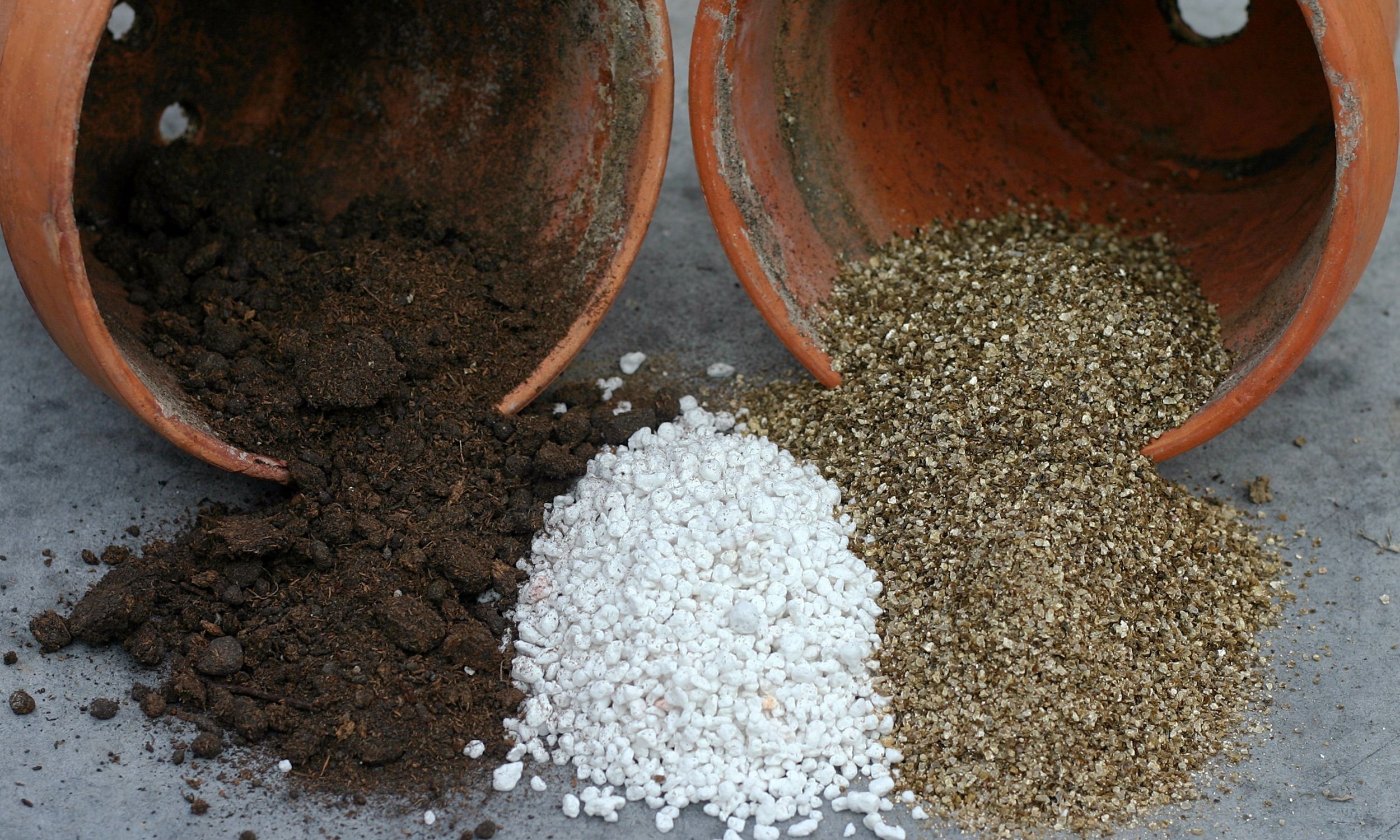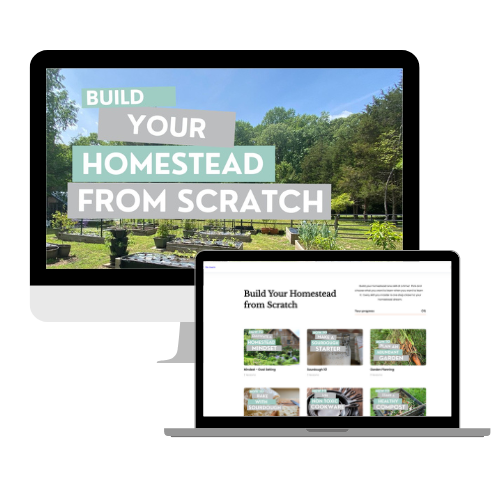The Best Potting Soil for Vegetables, Biggest Harvest Yet
I’m a huge fan of container gardening, especially since we are not at our forever homestead. But when it comes to growing a bountiful harvest of vegetables in pots or containers, it all depends on the potting soil. One of the easiest ways to do this is by creating your own potting soil right at home!
Although there are plenty of ready-to-grow commercial soil potting mixes available, many have big drawbacks. First and foremost, they can be extremely pricey. In fact, sadly, many cost more than it would to simply purchase your fresh organic vegetables at a farmer’s market! So why spend hard-earned money on manufactured “soil” when you can make great, all-natural soil right at home?
Plants absorb a large share of nutrients and moisture through their root system. In fertile soil that is full of organic matter, the roots are able to soak in the nutrients they need. Our favorite recipe of potting soil is a mix of peat moss or coir fiber, perlite, compost, lime (if using peat moss), and an organic fertilizer.
Nearly all vegetables, and annual and perennial flowers for that matter, flourish in rich, fertile soil. And by using the all-natural ingredients listed below, you can easily create an amazingly rich and fertile soil to power your plants all season long.
Here’s how I make homemade potting mix for all of my containers, houseplants, and seed-starting needs.
Disclosure: Some of the links below are affiliate links, meaning, at no additional cost to you, I will earn a commission if you click through and make a purchase.
What is Potting Soil?
Let’s talk about what potting soil actually is. The most important thing to understand about potting soil is that it doesn’t actually contain real soil. Potting soil, also called potting mix, is a soilless blend of ingredients used to grow plants. Whether you’re starting seeds, rooting cuttings, potting up houseplants, or growing patio containers and hanging baskets, potting soil is the ideal growing medium for containerized plants. All good-quality potting mixes, including homemade potting soils, have a few things in common.
They’re better draining than the average garden soil.
Potting soil is more lightweight than garden soil.
It’s easy to handle and consistent.
Like commercial potting soils, you can make many different DIY potting soil blends, each with a different texture, nutritional content, density, and water-holding capacity, all matched to the needs of your plants. Carefully select the ingredients you use and combine them in the correct ratios to tailor each DIY potting soil you make for the specific needs of each plant you’re growing.
For example:
- Lighter, finer-textured mixes are best for use when starting seeds and rooting cuttings.
- Mixes containing a high percentage of coarse sand or pine bark are best for potted trees and shrubs.
- DIY potting soil with a sandy or gravely texture is ideal for cactus and succulent growing.
- When growing a mixture of annuals, perennials, vegetables, and tropicals, the best fit is a general, all-purpose potting mix – one that’s suitable for growing lots of different kinds of plants.

Must Have Gardening guide
Gardening From Scratch
the Ultimate Guide to Raised Bed Gardening
Potting soil ingredients
Sphagnum peat moss:
The primary ingredient in most potting soils is sphagnum peat moss. A very stable material, peat takes a long time to breakdown and is widely available and inexpensive. It bulks up potting mixes without adding a lot of weight, and once wet, it holds water fairly well.
Sphagnum peat moss is well-draining and well-aerated, but it’s very low in available nutrients and it has an acidic pH, typically ranging between 3.5 and 4.5. Limestone is added to peat-based potting mixes to help balance the pH. I use bales of Premier brand peat moss for my homemade potting soil, blended with crushed limestone at a rate of 1/4 cup lime for every 6 gallons of peat moss.
Coir fiber:
A by-product of the coconut industry, coir looks and acts a lot like sphagnum peat moss in both commercial and DIY potting soil blends. It has more nutrients than peat moss and lasts even longer, but it’s more expensive to purchase. Coir fiber’s pH is close to neutral.
Often sold in compressed bricks, coir fiber is considered by many to be more sustainable than sphagnum peat moss. Urban Worm Coco Coir is one available brand of compressed coir fiber.
Perlite:
Perlite is a mined, volcanic rock. When it’s heated, it expands, making perlite particles look like small, white balls of Styrofoam. Perlite is a lightweight, sterile addition to bagged and homemade potting mixes.
It holds three to four times its weight in water, increases pore space, and improves drainage. With a neutral pH, perlite is easy to find at nurseries and garden centers. One popular brand of perlite is Espoma perlite.
Vermiculite:
Vermiculite is a mined mineral that is conditioned by heating until it expands into light particles. It’s used to increase the porosity of commercial and DIY potting soil mixes. In potting soil, vermiculite also adds calcium and magnesium, and increases the mix’s water-holding capacity.
Though asbestos contamination was once a concern with vermiculite, mines are now regulated and regularly tested. Organic bagged vermiculite is my favorite source.
Sand:
Coarse sand improves drainage and adds weight to potting mixes. Mixes formulated for cacti and other succulents tend to have a higher percentage of coarse sand in their composition to ensure ample drainage.
Limestone:
Add pulverized calcitic limestone or dolomitic limestone to peat-based potting soils to neutralize their pH. Use about 1/4 cup for every 6 gallons of peat moss. These minerals are mined from natural deposits and are readily available and inexpensive. Jobe’s is a good brand of lime for use in DIY potting soil.
Fertilizers:
Add fertilizers to peat-based potting soils because these mixes don’t naturally contain enough nutrients to support optimum plant growth. A good DIY potting soil recipe includes a natural fertilizer, derived from a combination of mined minerals, animal by-products, plant materials, or manures, rather than a fertilizer that’s comprised of synthetic chemicals.
I use a combination of several natural fertilizer sources for my homemade potting mixes. Sometimes I add a commercially-made, complete organic granular fertilizer, such as Dr. Earth or Plant-Tone.
Composted wood chips:
Composted wood chips lighten up potting mixes by increasing the pore sizes, and allowing air and water to travel freely in the mix. They’re slow to breakdown but may rob nitrogen from the soil as they do, so the addition of a small amount of blood meal or alfalfa meal is necessary when using composted wood chips as an ingredient in DIY potting soil recipes. Use composted wood chips in potting mixes designed for potted perennials and shrubs. To make your own, get a load of wood chips from an arborist and let them compost for a year, turning the pile every few weeks.
Compost:
Containing billions of beneficial microbes, and with superior water-holding capacity and nutrient content, compost is an excellent addition to DIY potting soil. Because it plays such a huge role in promoting healthy plant growth, I use it in all of my general homemade potting soil recipes. But, I don’t include it in recipes for seed-starting as it’s too heavy for young seedlings. I use leaf compost from a local landscape supply yard, but bagged compost from Dr. Earth Compost is another favorite.
Good quality, DIY potting soil should be light and fluffy, with a well-blended mixture of ingredients. When it’s dried out, it does not shrink significantly or pull away from the sides of the container.
Worm Castings
Worm castings are nothing more than the manure of worms. But are they ever incredible to use in creating a great potting mix for vegetables!
Worm castings are lightweight and work as the ultimate low and slow-release fertilizer for vegetable plants. Plants that receive nutrients too quickly can overgrow their containers, and create more foliage than blooms and vegetables.
But worm castings release their energy and power slowly and help plants develop strong roots in the process. They really are the true “secret ingredient” in successful container plantings. And yes, they work just as well for flowers and perennials in containers too!
Learn More About Worm Composting – HERE!

How to make your own homemade potting soil
Mixing your own potting soil blend is easy, and it means you have complete control of one of the most critical steps in the growing process. For container gardeners, a high-quality potting soil is a must. Making your own potting soil allows you to better cater to the needs of your plants. The results are more stable and consistent, and you save a ton of money.
The following DIY potting soil recipes use a combination of the ingredients I listed above. Mix large volumes of homemade potting soil in a cement mixer or a spinning compost tumbler. To make smaller quantities, blend the ingredients in a wheelbarrow, mortar mixing tub, or a large bucket. Be sure to mix everything thoroughly to ensure a consistent result.
Potting Soil Recipes
General potting soil recipe for flowers, tropicals, and vegetables
6 gallons sphagnum peat moss or coir fiber
4.5 gallons perlite
6 gallons compost
1/4 cup lime (if using peat moss)
1 & 1/2 cup of the DIY container fertilizer blend found below OR 1 & 1/2 cups of any granular, complete, organic fertilizer.
Potting soil recipe for potted trees and shrubs
3 gallons compost
2.5 gallons coarse sand
3 gallons sphagnum peat moss or coir fiber
2.5 gallons composted pine bark
3 gallons perlite
2 TBSP of lime (if using peat moss)
1 cup granular, organic fertilizer (or 1 cup of the DIY container fertilizer blend found above)
1/4 cup organic cottonseed meal, if growing acid-loving trees and shrubs
Potting soil recipe for seed starting
2 gallons sphagnum peat moss or coir fiber
2 gallons vermiculite
1 gallon coarse sand
3 TBSP lime (if using peat moss)
Homemade potting soil for transplanting seedlings
2 gallons sphagnum peat moss or coir fiber
2 gallons vermiculite
1 gallon finely screened compost
3 TBSP lime (if using peat moss)
2 TBSP granular, organic fertilizer (or 2 TBSP of the DIY container fertilizer blend found above)
When making DIY potting soil, use the batch as quickly as possible. But if storage is necessary, place the mix in sealed plastic bags in a cool, dry place.
If you found this article helpful please share it with a friend. And if you have any questions please let us know in the comments below.

Build your
Homestead From Scratch
You may also enjoy these related articles:
- Grow Butterfly Weed for a Beautiful Butterfly Garden
- Plants for Butterfly Gardens: Attract More Butterflies to Your Yard with These Beautiful Flowers
- Plan Your Own Butterfly Garden: A Beginner’s Guide
Did you enjoy this article? Want to hear more? Stay in touch! Sign up below to receive weekly tips and inspiration for your homestead.
